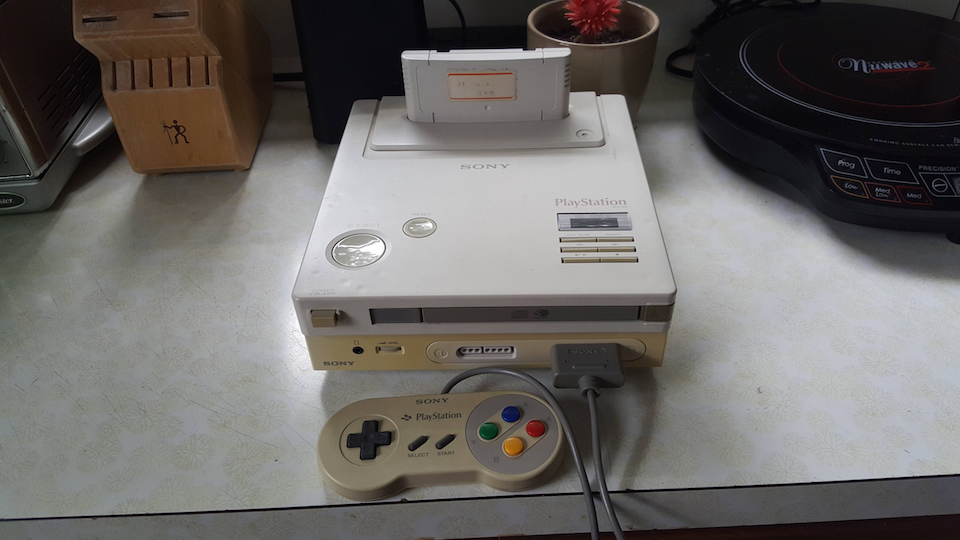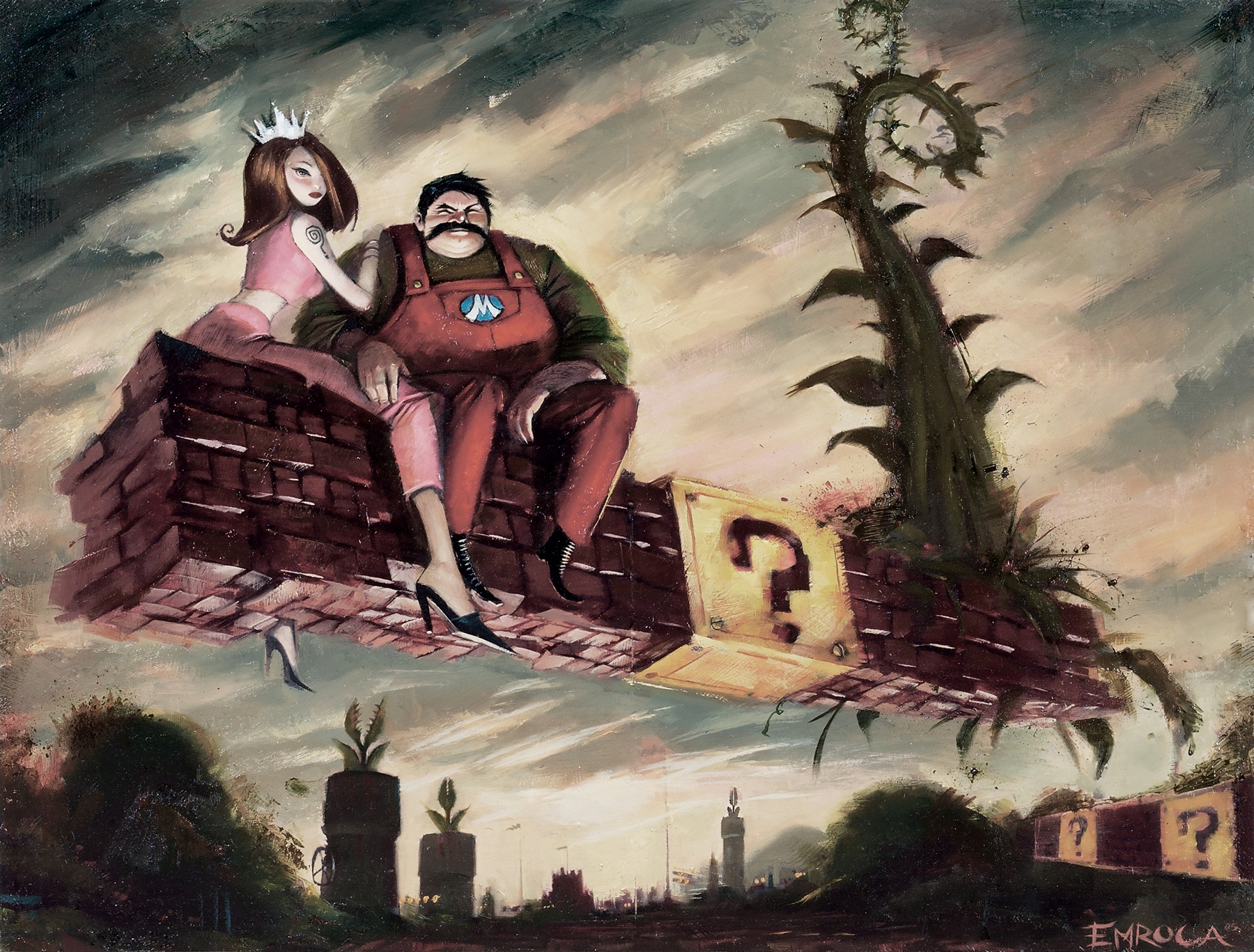I recently attended a small celebration of the life of Nam June Paik, the self-described "world's most famous worst pianist", at the Smithsonian American Art Museum. I immediately regretted the fact that I had not come to know this man better until now. It is rare to find a person so willing to embrace life outside the box so effortlessly and enjoy it so damn much from what I could tell. Nam June Paik was a pioneer of video-based artwork which still has a powerful impact today despite his passing. The speaker for this session, Russell Connor, was a colleague of Paik and found his own artwork heavily influenced by his encounters with the offbeat artist. To paraphrase this genuinely clever gentleman in his own right, he has come to see his own work as "before Paik" and "after Paik."
Nothing like a good head beating on a piano to get your point across... (8:40)
About half way through the presentation, it struck me suddenly how connected Paik experiments with electronic video signals were with the digital interactive art that I am so involved with today. But instead of using coding and keyboards, he used magnets on cathodic ray tubes, aka televisions. In essence, he had taken what had become familiar and turned it on its head. Whether playing the piano poorly from the perspective of his fingers or using commercials, animation, and movies to manifest sensory overload through works like Megatron Matrix, Paik twisted the senses and created an electronic (not digital) virtual reality that leaves a profound impact on those who allow themselves to be absorbed it. Today, interactive digital artwork allows the audience to become the one who alters reality as the they test the bounds of each new experience, whether in a video game or a simple interaction like in Camille Utterback's Text Rain. All of this was foreshadowed by this brilliant, eccentric Korean man who laid the ground work for digital interactive artwork to make its own way into the museums and humanities at large.
But what of Paik's own work? Names like Marcel Duchamp and Joseph Beuys quickly pop up when talking about the art historical linage of Nam June Paik. These artists, like Paik, took the familiar and twisted it. Mass produced objects, oriented in a way that made you rethink what you thought you understood, once again pushing at the perceived edges of reality. The medium has changed but the creative forces driving the artist to twist reality remain as just a potent. In fact, in a twist of irony, Beuys has recently been announced to be the subject of a summer school at Moyland University in Germany that seeks to explore how digital technology can be used to re-engage the public with his collection of works at their museum, which were often performance based with the artist himself taking a direct role. A potential direct connection between mediums and eras that may have more in common then has been previously explored.
These connections of past, present, and future all root to something deep within ourselves as human beings. Our nature as insatiable animals of curiosity means that we will always look to challenge our reality and bend our perception of it. Art, with all its many forms, will always capitulate to those pioneers who look to take the lead and say "Look! Everything you think you know might not be wrong, but here is another way to think about it." Digital interactive art is an extension of that tradition, just as Paik, Duchamp, and Beuys before it. The dots are all there, sometime we just have to connect them ourselves to see the bigger picture.
And for those of you who caught the title reference... Ironically, here is another way of saying all this...Tongue firmly in cheek. ;)
A boy and his sentient proto-type Ipad...




